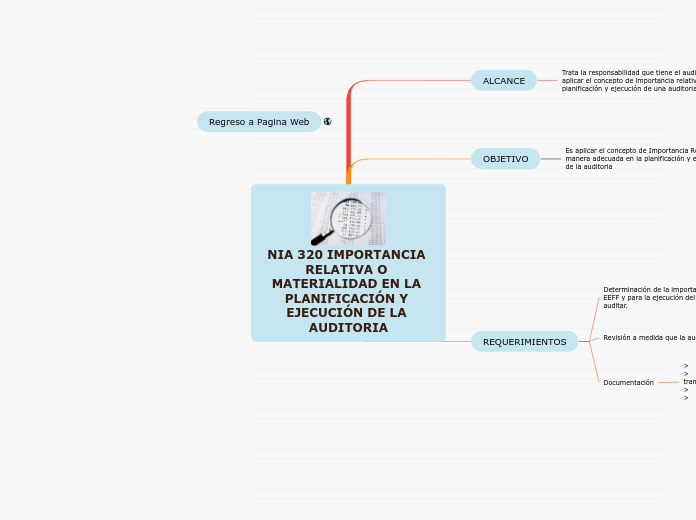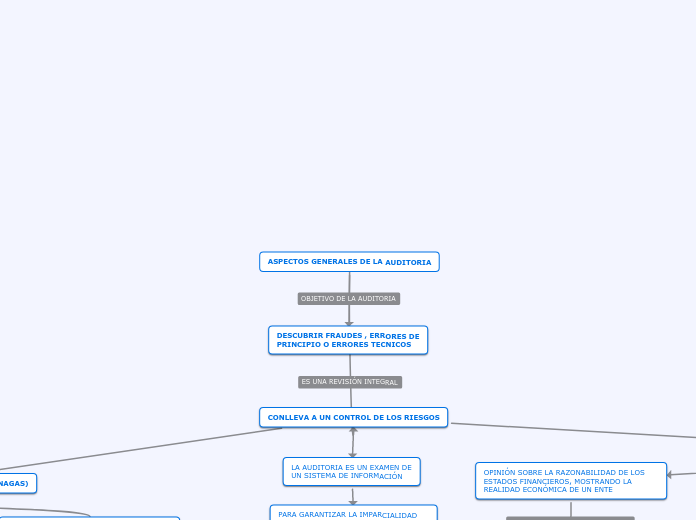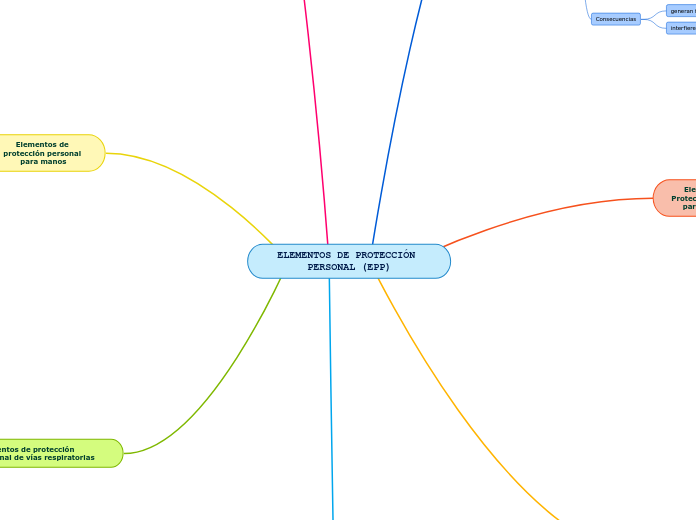Regreso a Pagina Web
NIA 320 IMPORTANCIA RELATIVA O MATERIALIDAD EN LA PLANIFICACIÓN Y EJECUCIÓN DE LA AUDITORIA
To name your story, you have to think about the overall message and what you want your audience to understand from the story. Also, make it relevant and easy to remember.
REQUERIMIENTOS
The middle of the story is where you add layers of complications that will lead to the end. Reveal more about the character's journey. Did their personality go through changes? How did they overcome the challenges? And as you build up the story’s central conflict, make it more personal to that character. Also, from the middle act, you have to lead into the final act.
Documentación
There wouldn't be any tension and excitement in your story if there weren't any obstacles in your character's way.
> Importancia relativa para los EEFF
> niveles de importancia relativa para determinados tipos de transacciones, saldos contables o Información a revelar
> Importancia relativa para ejecución del trabajo
> revisión de las cifras establecidas
A story is nothing more than a character overcoming a series of difficulties to reach the desired goal. Obstacles usually create suspense and conflict. In overcoming obstacles, there is growth: weak becomes strong; hatred turns into love; sadness into happiness; wrong into right; lies into truth; or evil becomes good.
See a few examples below:
- stopping a meteor
- finding a killer
- finding love
Revisión a medida que la auditoria avanza.
Your character(s) need(s) motivation in order to solve the challenge(s).
Puede resultar necesario revisar la importancia relativa; debido a un cambio de las circunstancias ocurrido
durante la realización de la auditoría
Why does your character need to confront this challenge? What does he/she expect to accomplish by solving it?
See a few examples:
- will marry in 3 days
- can fix the mistakes of the past
Determinación de la importancia Relativa para los EEFF y para la ejecución del trabajo, al planificar la auditar.
Each story has a main character and that character usually needs to solve a problem or challenge. The character's challenge is the one that creates tension throughout the story.
con el fin de valorar los riesgos de incorrección material, y determinar la naturaleza, momento de realización y extensión de procedimientos de auditoría posteriores.
In most stories, there are 3 challenges. The number 3 is a mystical number symbolizing completeness. Try to come up with interesting challenges with which your character needs to struggle.
See a few examples below:
- turns into a werewolf at night
- is sent back in time
OBJETIVO
Es aplicar el concepto de Importancia Relativa de manera adecuada en la planificación y ejecución de la auditoria
ALCANCE
In the beginning of the story (or the exposition), you will need to introduce the setting and characters. You might also want to introduce the main conflict. This part of the story is important because it gives the reader necessary background information and maybe even a first insight into a character’s personality.
Trata la responsabilidad que tiene el auditor de aplicar el concepto de importancia relativa en la planificación y ejecución de una auditoria de EEFF.
Characters are essential to a good story. Usually, the protagonist(s) is/are the most affected by the plot. Introduce a character by focusing on their actions, interests, and occupation, as the physical appearance doesn't make a difference in most cases.
Importancia Relativa en el Contexto de una Auditoria
Incorrecciones, se consideran materiales, si influyen en las decisiones económicas. Basándose en los EEFF.
Los juicios sobre la importancia relativa se realiza teniendo en cuenta la magnitud o naturaleza de la incorrección, se basa en las necesidades comunes.
El auditor asumirá que los usuarios :
Type in the name of your character.
> Toma de decisiones economicas razonables basadas en la info de EEFF
> Son consientes de las incertidumbres inherentes en la determinación basadas en la utilización de estimaciones
What is your character's main goal?
fight Evilfind lovedefeat his/her enemyrule the worldmake friendstime travelmake an awesome discoveryOther
> Comprende que los EEFF se preparan y auditan en base a una importancia relativa
Which traits best describe the character's personality? Choose more if necessary:
introvertedloyalkindindependentquick-thinkingadventuresomeidealisticsweet-naturedcalmrisk-takercreativewittystrictfussyweirdclumsyharshaggressivecarelessclingingcowardlycrueldeceitfulimpulsiveOther
> Tienen un conocimiento razonable de la actividad económica y empresaria
Choose the type of your chacter:
Protagonist (main character)Antagonist (main character's opponent)Flat (stereotypical character)Round (his/ her personality develops throughout the story)Static (doesn't evolve as a person throughout the story)Dynamic (dramatical change in personality)Confidant (the main character trusts him/ her)Foil (contrasting character who enhances the personality of another character)Other










